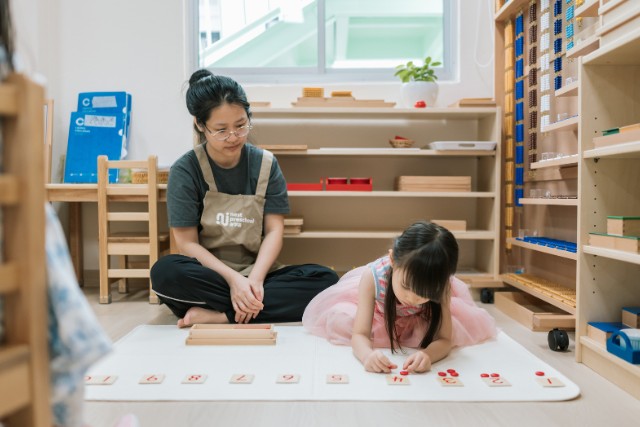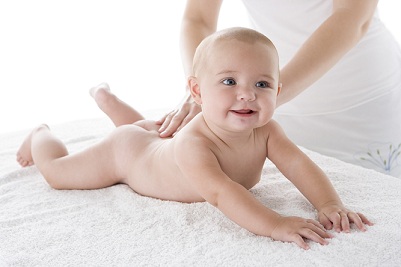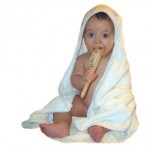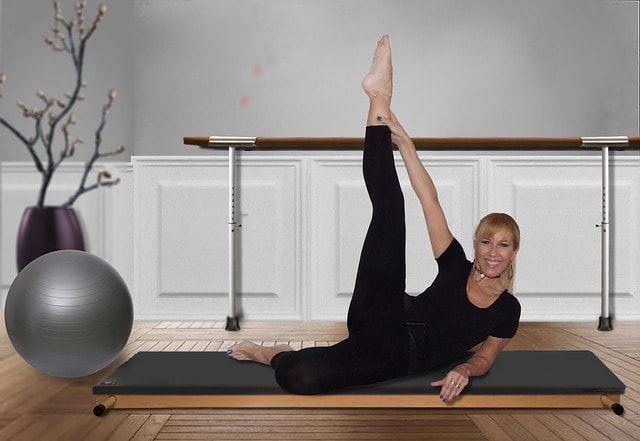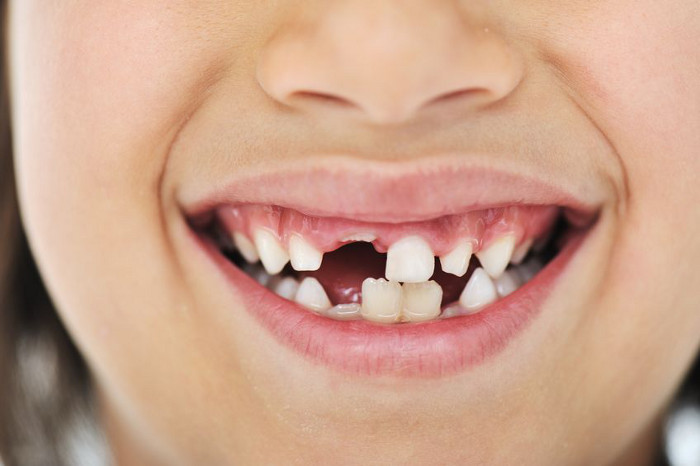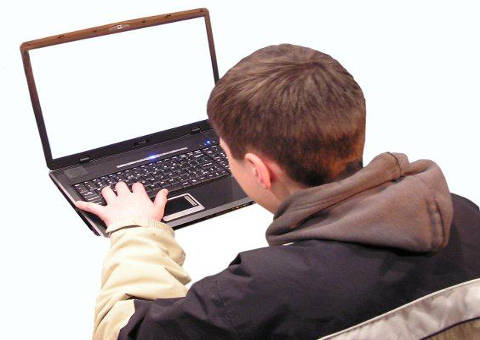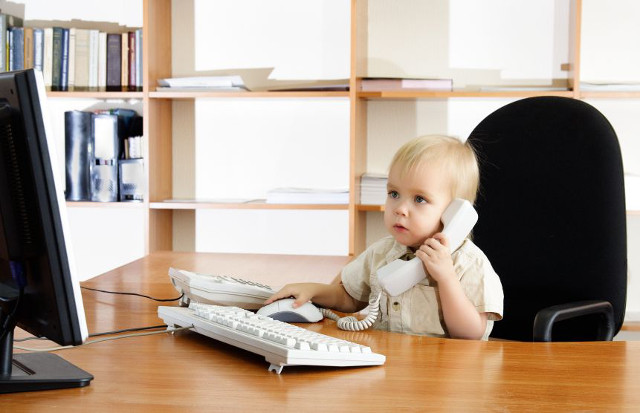As a parent of a 2 year old boy, I used to wonder if the way I handle my baby is appropriate and whether it would hurt his little spine. Unknown to most parents, the birth process may have been a stressful/traumatic event for their child. Their necks could have been twisted and pulled by attending healthcare providers as they make their way out of the birth canal. While this may be inevitable for some, any form of twisting and pulling of their neck can be detrimental to their little spines.
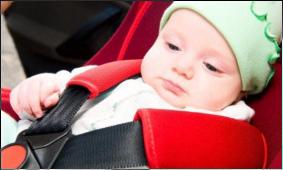
In a study done by Dr Gutmann on 200 babies in 1990, 95% of babies have a misalignment in the first bone of their neck on the day of birth. A baby’s spine can also be subjected to stresses prior to being born as the baby may be in a less than ideal position in the mother’s uterus.
This is often the result of a pelvis (hip) that is twisted, which is common in most people. A twisted pelvis can happen to anyone and is often an accumulation of the impact of life events such as falls or chronic poor sitting postures, which could have happened as far back as childhood days. The twist in the pelvis can then cause constraints in the uterus, which houses the baby. Suffice to say, without such constraints in the uterus, labor can be easier and the baby can develop to the optimal potential.
We cannot deny that first-time parents usually do not have the best skills or knowledge when it comes to handling a baby. While we can do our best and be as cautious as we can while handling our baby, we may unknowingly add more stress to their spine.
The following are some tips that may be useful for parents to take care of their child’s spine:
- When lifting your baby, always support the back and neck with your hands. Pick up your child by grasping the body under the arm.
- Use an approved car seat that supports your child’s head and neck.
- Avoid using a bouncer as this can cause unnecessary stress and even a fracture in their spine if your child’s spine is not properly developed.
- Do not put your baby in a walker before he/she is ready to walk. This can subject their lower back to unnecessary stress and even cause a fracture when they are not ready for the force of gravity.
- Do not throw your child up in the air as this can cause a whiplash injury to their fragile neck.
- When changing diaper, refrain from lifting their legs and hips up too high as this bending action can introduce unhealthy stress into their spine and cause misalignment.
- Provide your child with a bed that is firm.
- Make sure that your child has a well-balanced diet.
- Inculcate good postural habits. Correct them when you see them slouch. Cultivate a healthy habit before it becomes difficult to correct.
- And of course, schedule a regular spine check-up with a chiropractor to make sure that your child’s spine is developing properly and their ability to grow to their optimal potential is not stifled.
Since significant spinal trauma can occur at, or prior to birth, many well-informed parents choose to have their newborn’s spine assessed by a chiropractor soon after birth. Many developmental milestones such as learning to hold up the head, sitting upright, crawling, and walking are all activities that can be affected by misalignments in the spine and are important times to have a child look at by a chiropractor.
Additionally, falls, sports injuries, heavy school bags and sitting all day in the classroom are all physical stresses to the growing child’s spine and nervous system.
It can be difficult for a parent to recognise when a child’s spine is not working correctly unless a child has an obvious problem. However, there are some signs which can indicate problems in their spines and these include limited head or neck movement to one side, uneven shoulders where one side is higher than the other, disturbed sleeping patterns and breastfeeding difficulties at a very young age.
Unknown to most parents, common childhood disorders can also be linked with spinal dysfunction and these include:
- Scoliosis
- Persistent sore throats and colds
- Recurring ear infections
- Bedwetting and/or constipation
- Colic/reflux
- Asthma
- ADHD
- Headaches
Unlike adults, babies are unable to express discomforts or stresses in the spines verbally. The most convenient way for them to do that is to cry. Regardless what a baby’s crying may mean, it may be a smart idea to bring your baby to a chiropractor to have his or her spine assessed. There is no better thing than to give them a good head start in life, isn’t it?
Contributed by Dr Kelvin Ng, Family Health Chiropractic Clinic.
* * * * *
Like what you see here? Get parenting tips and stories straight to your inbox! Join our mailing list here.
Want to be heard 👂 and seen 👀 by over 100,000 parents in Singapore? We can help! Leave your contact here and we’ll be in touch.













